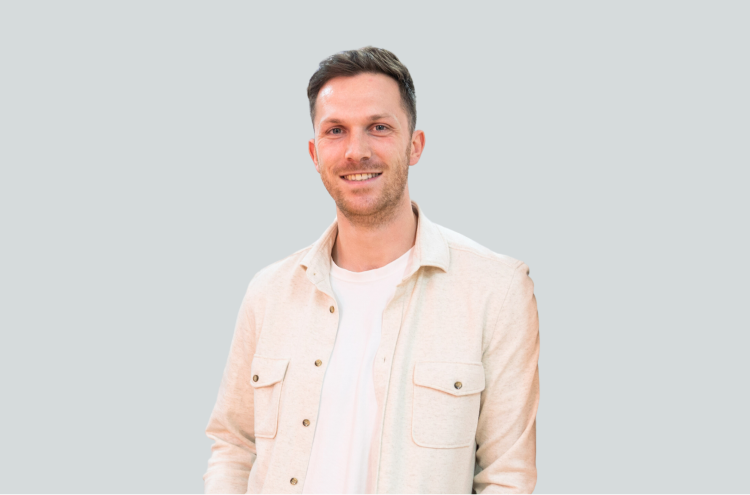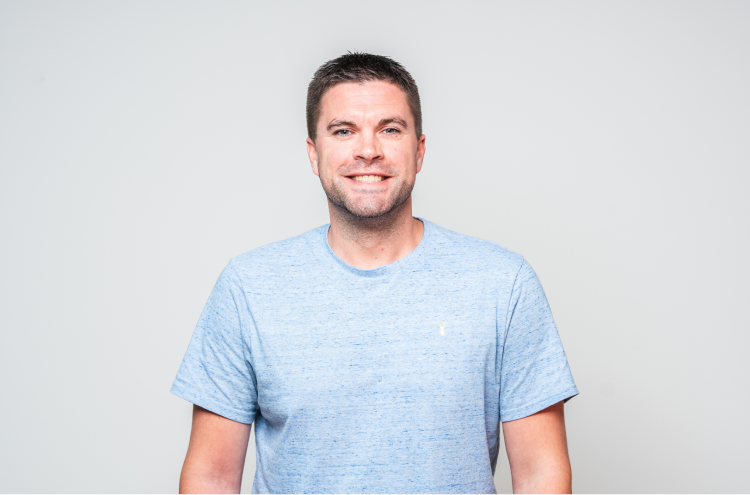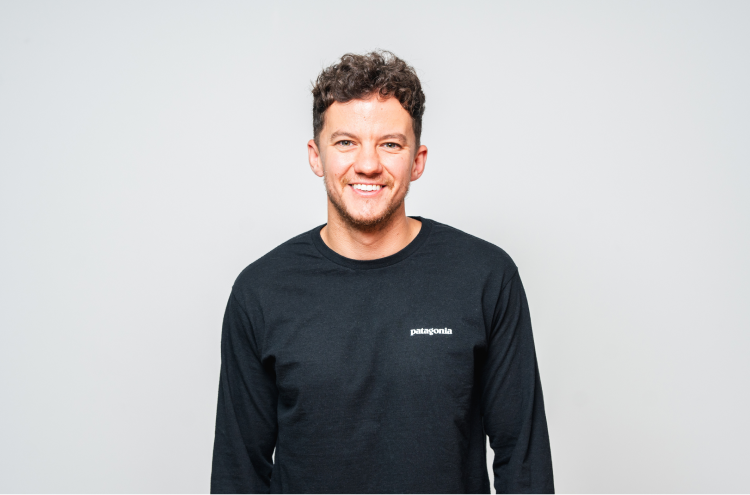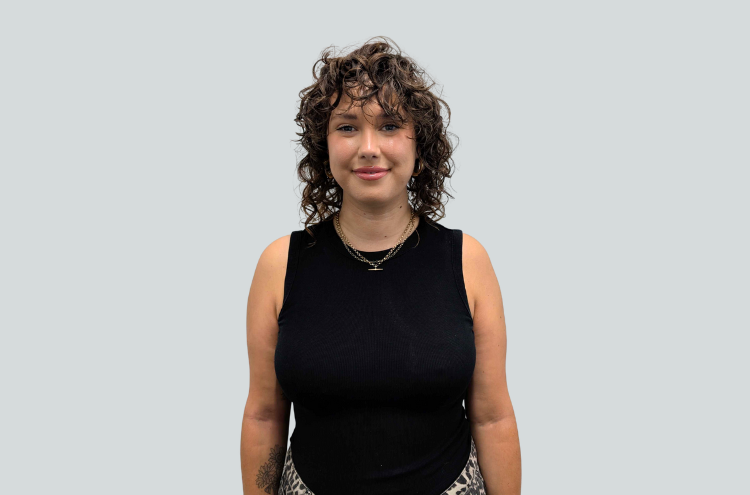What does a product designer do?
A product designer creates intuitive, user-focused designs that support both customer needs and business goals. They combine elements of UX and UI design, working across the entire product lifecycle — from research to prototyping to high-fidelity design.
Key responsibilities include wireframing, user testing, interface design, and collaborating closely with product managers, developers, and researchers. They also contribute to design systems and ensure accessibility standards are met.
In early-stage companies, product designers often work independently across design functions. In larger teams, they specialise in user flows, feature design, or specific parts of the product experience.
Key responsibilities of a product designer.
Product designers are responsible for shaping how users interact with digital products. Their responsibilities typically include:
-
Designing user journeys, wireframes, and interface mockups
-
Collaborating with product managers to translate features into user flows
-
Prototyping and testing designs using Figma, Sketch, or similar tools
-
Conducting usability testing and gathering user feedback
-
Creating UI elements, visual patterns, and scalable design systems
-
Working closely with engineers to ensure design feasibility
-
Aligning product design with accessibility, UX, and brand standards
-
Iterating designs based on research and analytics data
-
Supporting product discovery with customer insight and experimentation
-
Maintaining consistency across platforms, devices, and components
This role blends UX thinking with interface design and collaborative development.
Skills and requirements for a product designer.
Product designers combine UX, UI, and problem-solving for effective digital experiences. Employers typically look for:
-
3–6 years of experience in product or digital design roles
-
Proficiency with tools like Figma, Sketch, or Adobe XD
-
Strong portfolio of web and mobile product design work
-
Experience conducting user research and usability testing
-
Ability to turn requirements into wireframes and interactive prototypes
-
Understanding of design systems, components, and accessibility
-
Confidence collaborating with developers, product managers, and stakeholders
-
Skilled in balancing user needs with business goals
-
Comfortable working in agile, cross-functional environments
Most product designers work across the full product lifecycle and are valued for versatility, empathy, and collaboration.
Average salary for a product designer.
In the UK, the average salary for a product designer typically ranges from £35,000 to £50,000, depending on UI/UX skills, product lifecycle involvement, and sector.
-
Mid-level product designers tend to earn between £35,000 and £42,000
-
Senior designers working on end-to-end user journeys or cross-functional squads may earn between £43,000 and £50,000
-
Salaries increase for those with skills in prototyping, user research, and responsive design
Higher-paying roles are found in SaaS, fintech, and product-focused tech businesses across London and major cities.
Career progression for a product designer.
A product designer balances UX, UI, and product thinking to craft user-centric digital experiences. This hybrid role can evolve into senior design, UX leadership, or strategy. A typical path includes:
Junior product designer
Supports user flows, wireframes, and UI component builds. Collaborates with PMs and developers.
Product designer
Delivers end-to-end design for features. Aligns user needs with business goals.
Senior product designer
Leads initiatives, conducts user testing, and mentors junior designers.
Lead product designer / design manager
Owns design strategy for a product area and drives cross-functional collaboration.
Head of UX / product design
Leads team structure, process, and long-term design innovation.
Oracle Cloud Solutions Architect
Oracle Cloud Solutions Architect
Oracle Cloud Solutions Architect
Oracle Cloud Solutions Architect
salary guide
2026 UK UX design salary guide.
Looking to advance your career as a product designer? Understanding salary benchmarks can help you assess your value and plan your next move.
Our 2026 UK UX design salary guide provides the latest benchmarks for product designer roles, with comparisons to 2025 and projections for 2027. Discover how much you could be earning and use the insights to shape your career path.
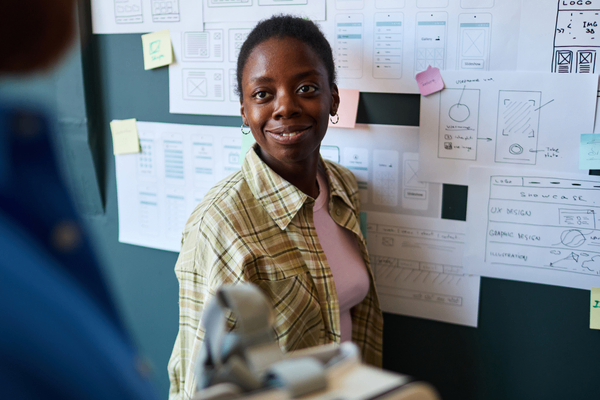
FAQS
Product designer FAQs.
Product designers typically span both UX and UI — focusing on user needs, business goals, and visual design. They often collaborate on product strategy and feature development more closely than a UX-only role.
Figma, Sketch, Adobe XD, and prototyping tools like Framer or Protopie. Familiarity with design systems, user testing platforms, and working within Agile environments is also important.
Not always — but understanding HTML/CSS helps with developer handoff. Some teams prefer designers who can build components or contribute to design tokens within a shared system.
Experience designing for mobile and web, a strong portfolio with case studies showing design thinking, and collaboration with product and engineering. Strategic insight is a key differentiator.
Product designers can grow into senior product designer, design lead, or product design manager roles. Others transition into product management or UX research depending on their strengths.
